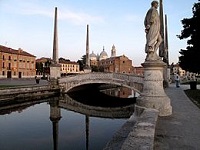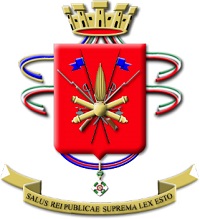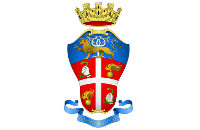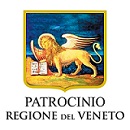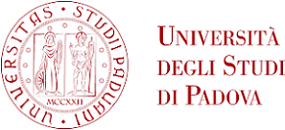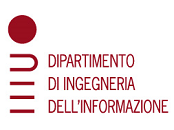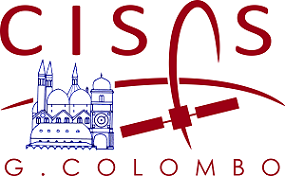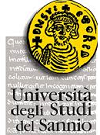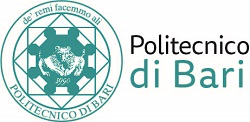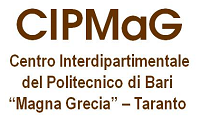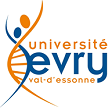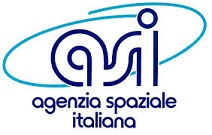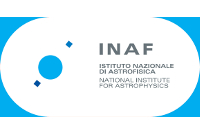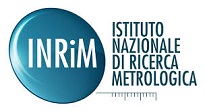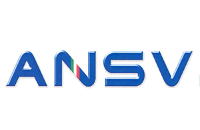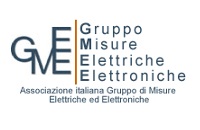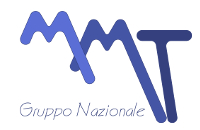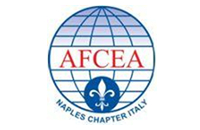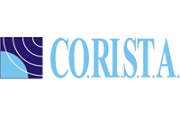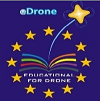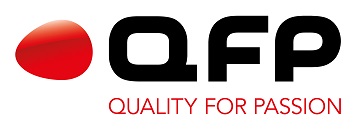 SPECIAL SESSION
SPECIAL SESSION 
 Instruments and Technology for Exploration
Instruments and Technology for Exploration
CHAIRS:
- Marcello Coradini, ASI/JPL
- Enrico Flamini, ASI - Italian Space Agency, Italy
DESCRIPTION
This sessions intends to address trends and developments relative to space-borne instrumentation and technology required to implement Robotic & Human exploration missions.
Strategies for the exploration of outer space are being developed by the major international space agency and debated in international fora a such as the International Exploration Coordination Group (ISECG) or in the framework of the International Academy of Astronautics.
Any exploration mission requires basic tools to be implemented. The focus of this session is on innovative technologies required to address typical metrological goals in the assessment of natural and artificial extraterrestrial environments with a goal to guarantee survival of astronauts. Hence, these goals embrace any aspect of innovative remote and in-situ sensing, as well as any basic technology required to sustain exploration missions. Emphasis will span from miniaturization of instruments to production and regeneration of resources (power, propellants, food, water etc.), to design of innovative spacecraft technologies and subsystems.
Papers on how robotic techniques will support human exploration are also welcome. Representatives of the Academia and Industry are encouraged to submit papers.
Research, Review and short communications are envisaged. Participation of young scientists and technologists is warmly welcome in order to guarantee a healthy combination of senior experience and junior enthusiasm.
ABOUT THE ORGANIZERS
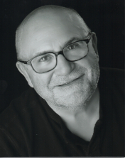 Marcello Coradini started his academic career in Italy during the golden age of planetary exploration in the 1970's and he contributed, together with a small group of enthusiastic colleagues, to the establishment of this discipline both in Italy and Europe.
Marcello Coradini started his academic career in Italy during the golden age of planetary exploration in the 1970's and he contributed, together with a small group of enthusiastic colleagues, to the establishment of this discipline both in Italy and Europe.He joined the European Space Agency in April 1987 with the specific task to initiate a program of exploration of Solar System Exploration. As Coordinator of the Solar System Missions (1987-2010), he has been in charge of planning and overseeing the implementation of Solar System missions at ESA. Among the missions he brought to fruition it is worth mentioning: Cassini/Huygens, Mars Express, Venus Express, Rosetta etc.
More recently, he led the ESA Exploration Program and contributed to establishing the mission scenario of the ExoMars program consisting of one orbiter, one small lander and a rover for the exploration of Mars.From 2010 to 2015 he represented ESA at the Jet propulsion Laboratory (JPL, Pasadena, CA).
In 2015 he became an advisor of the President of the Italian Space Agency (ASI) and ASI representative at JPL.
In 1991, the International Astronomical Union has named asteroid 4598 after him for his contributions to asteroidal science and exploration.
Dr. Coradini is a Fellow of the Royal Astronomical Society, a member of the European Geophysical Union, from which he received the Golden Badge, former Editorial Director of the scientific journal 'Planetary and Space Science', a member of the Italian Physical Society and Academician of the International Academy of Astronautics.
He is also adjunct professor of space system design at the University of Trento, Italy, and professor at the ISSUGE/ISICT (Istituto Superiore Studi in Tecnologie dell’Informazione e della Comunicazione) in Genoa (I).
Recently, he was appointed Executive President of the Physical Sciences Committee of the ANR (Agence Nationale de la Recherche, France).
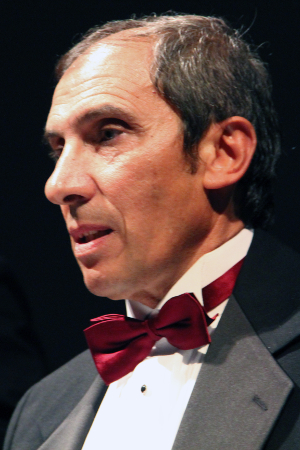
1977-1983 researcher at the National Research Council. Main research: Thermo-dynamical evolution of Martian surface.
1983-1985 ESA Research Fellow at University of Sussex (UK) on: hypervelocity impacts applied to planetary evolution processes and materials selection for space applications (Giotto HMC).
QA Manager for the missions : ITALSAT 1&2 , TSS 1 & 1R, MPLM ( phase B), IRIS-LAGEOS II.
PM of the Italian participation to the Cassini-Huygens Mission, Co-I of H-ASI and Cassini radar.
PM of VIRTIS, and GIADA and Chairman of the Philae Comet Lander Steering Committee on Rosetta Mission, MARSIS and PFS on ESA Mars Express Mission, Sharad on NASA MRO Mission, Mission Science Director for the Launch of LARES on VEGA maiden Flight.
ASI Chief Scientist;
Principal Investigator of the SIMBIO-SYS experiment on the BepiColombo;
Member of: IMEWG, Mars Exploration Program Assessment Group (NASA), MPSET (NASA), JMART (NASA-ESA).
Vice-Chair of the Science Programme Committee of ESA and Italian Delegate.
Professor of “Planetology “ at the “G. D’Annunzio” University-Chieti, Italy.
Laurel Award 1997 by Aviation Week & Space Technology,
Laurel for Team achievement 2006 by IAA,
Exceptional Public Service Gold Medal by NASA.
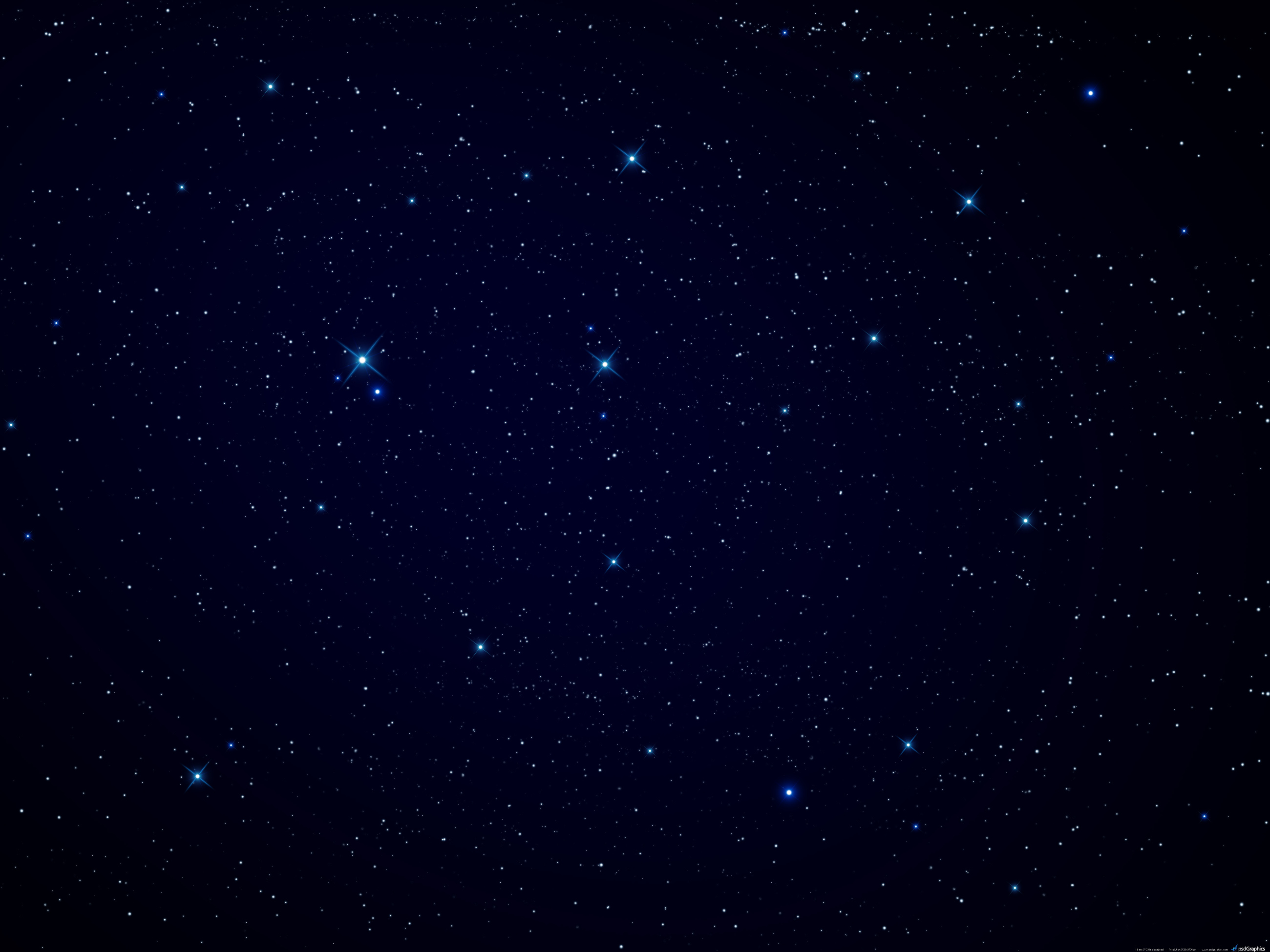
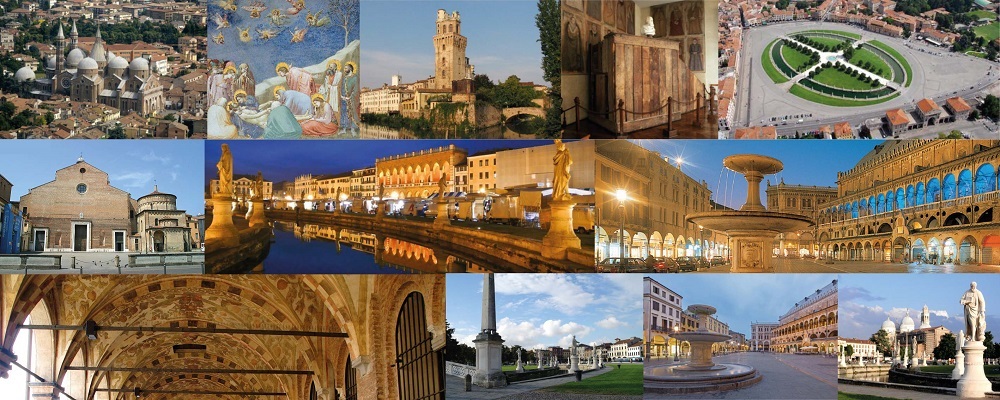
 PROMOTED BY
PROMOTED BY



